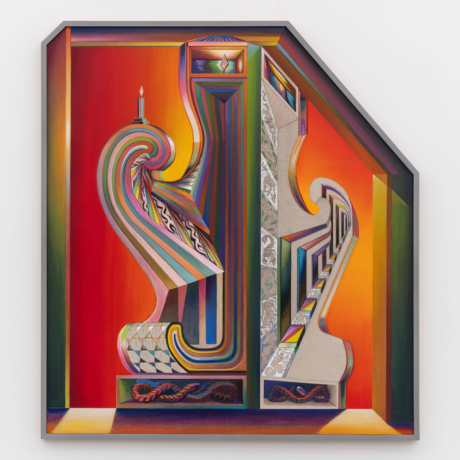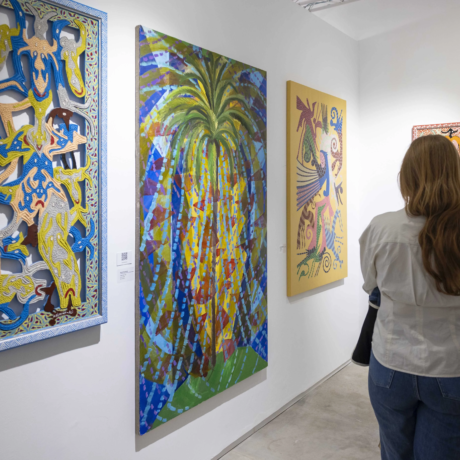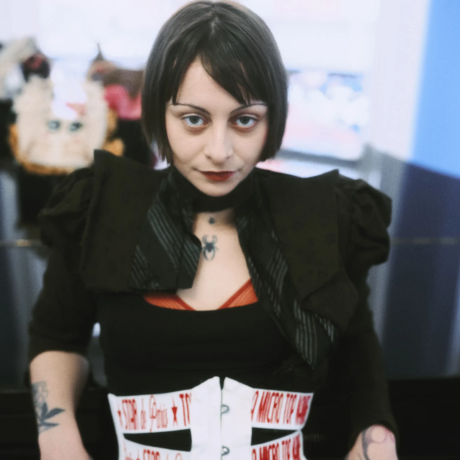Legendary artist, Paul Waters, dives into his beautiful yet grueling life as an artist. Sammy Loren joins him in his studio to delve into Waters’ extraordinary journey from post-war obscurity to relentless pursuit of artistic expression.
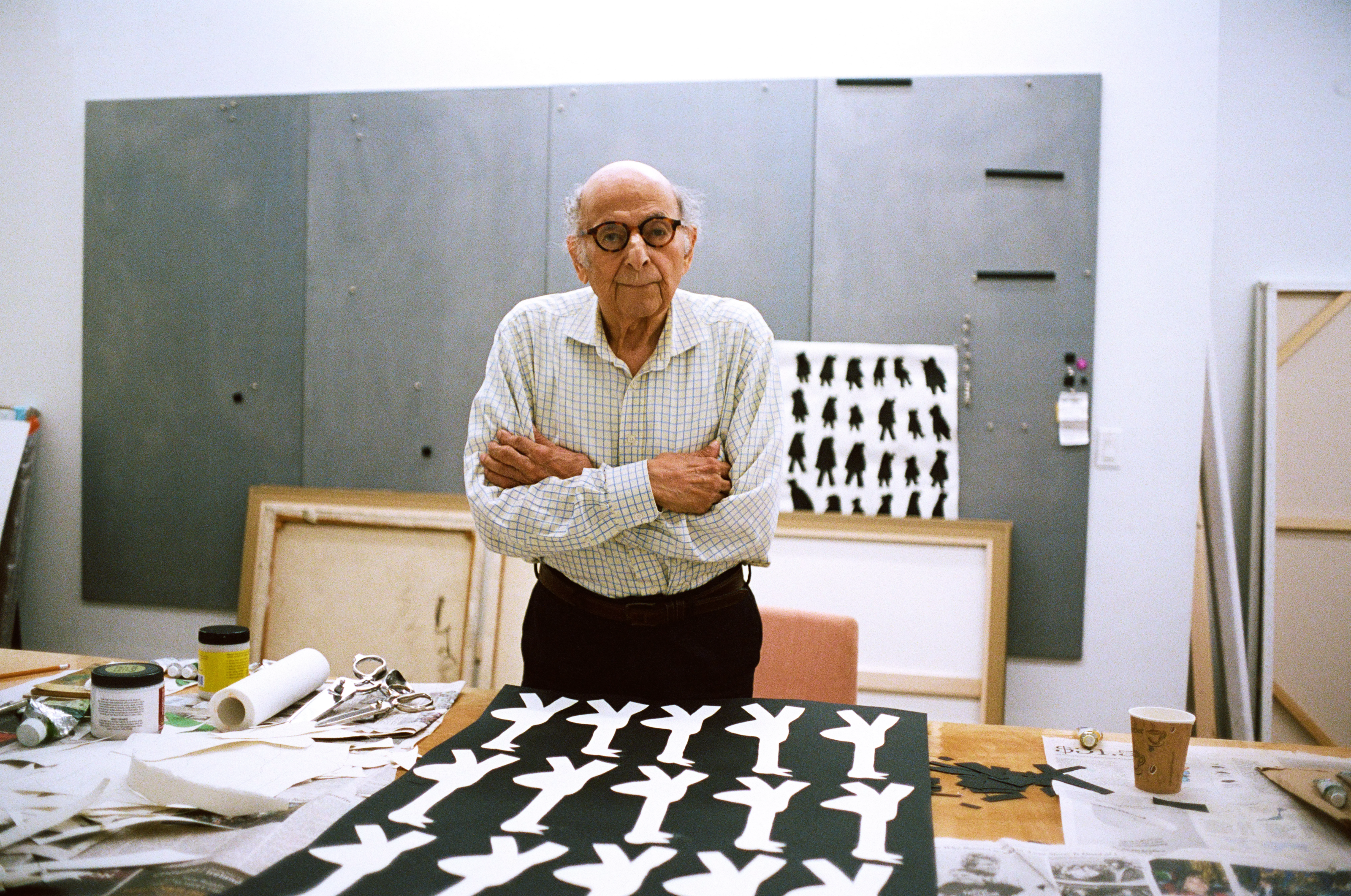
“I did a lot of art,” painter Paul Waters says. But, “I didn’t sell any art for 54 years.”
There’s something magical and deranged about being an artist. They possess this poetic gift to create meaning out of nothing. Yet the gift comes at the highest of prices. For many “making it” as an artist borders on delusion, a life sentence of toil, frustration and disappointment.
Few understand these stakes quite like Paul Waters. Born in 1936, Waters grew up in the shadow of World War II, traveled the globe throughout the late 50s before settling into an abandoned factory on the Bowery in NYC. Since childhood he’d preferred painting with his fingers and made work that seemed in conversation with West African traditions as well as the conceptual pieces his downtown friends churned out. Yet while his contemporaries exhibited and found fame and fortune, few seemed interested in Waters. Gallery after gallery rejected him. His Black mentors put it more bluntly.
“Look, you’re not white,” Waters recalls Romare Bearden telling him. “How many Black people are in museums?”
To survive he split his life in two: by day a stable job, by night his studio.
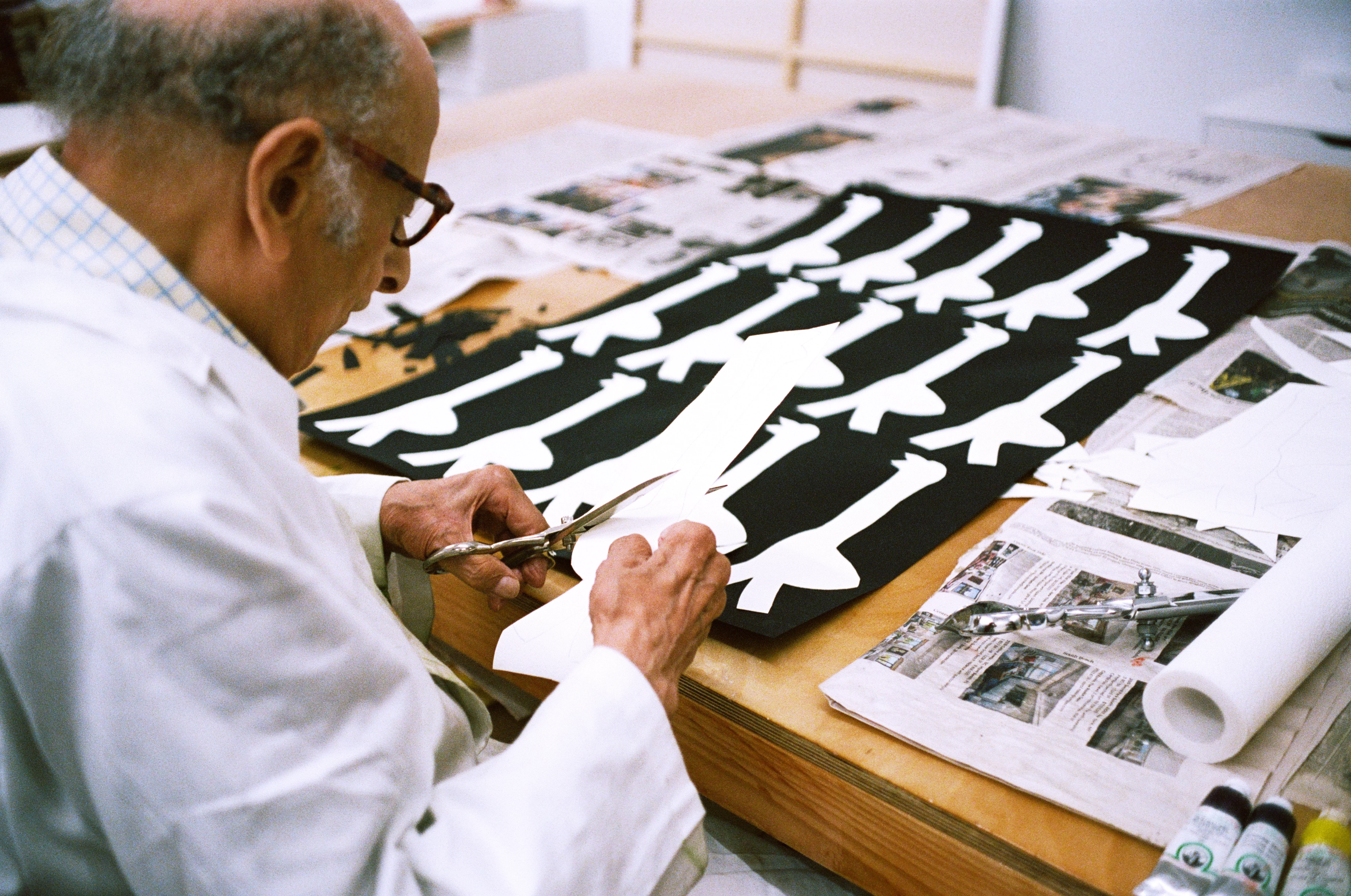
“I would come home, paint all night long, take a shower and go to work,” Waters says. Few at his day job even knew he was an artist. “You can’t talk about it. People…don’t understand why you’re putting yourself through what you’re putting yourself through.”
It’s tempting to read Waters’ decades of anonymous struggle followed by a long-awaited feteing as some sort of morality tale. The years of heartbreak rewarded by representation, sales and a growing celebration of his colorful, dreamy paintings. However Waters suggests that sometimes the struggle, the work, the practice—rather than money or reviews or recognition—is what gives art its value.
“I realized along the way that [painting] was my love. I found happiness and peace doing my art,” Waters says. “If I had to do this all over again, I’d do it in a jump.”
Sammy Loren: How did you get into making art?
Paul Waters: I started when I was a boy, my parents encouraged me. On Saturdays they had classes for children in Philadelphia. I didn’t like brushes. I enjoyed using my fingers. They used to hang up my work. So I was fascinated that my work was appreciated that way when everybody else was using brushes.
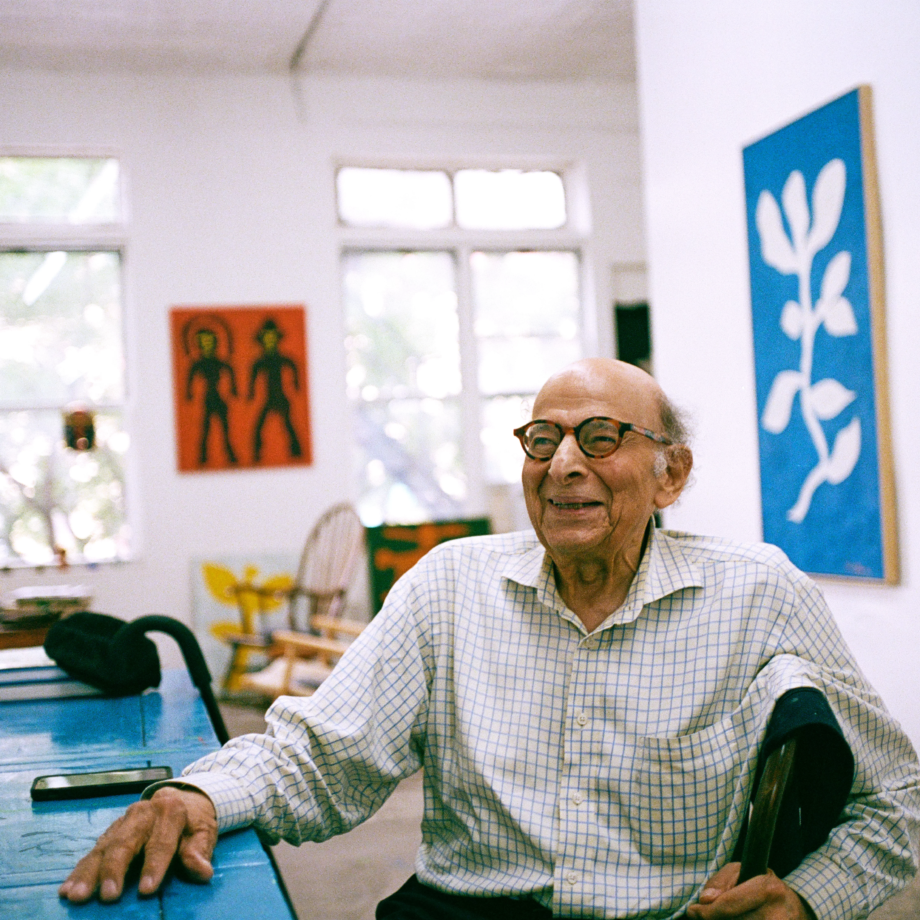
SL: What was your family like?
PW: Middle class people dealing in real estate and encouraging me to do art. A normal, close-knit family. I had my own room and lots of friends. None of them were into art, though.
SL: What took you down the artist’s path?
PW: I left and traveled. I had a talent for sketching people and charging money when I could, which allowed me to travel.
SL: Where did you travel to?
PW: I went to England first because my father said, If you wanna see African art, visit England. And then France and Berlin and then to West Africa. This was before Independence, the late 50s and early 60s when everything was starting to change.
SL: How old were you when you left America for the first time?
PW: Seventeen.
SL: So you turn 17, you’re like, I’m just gonna move to England and work sketching on the streets?
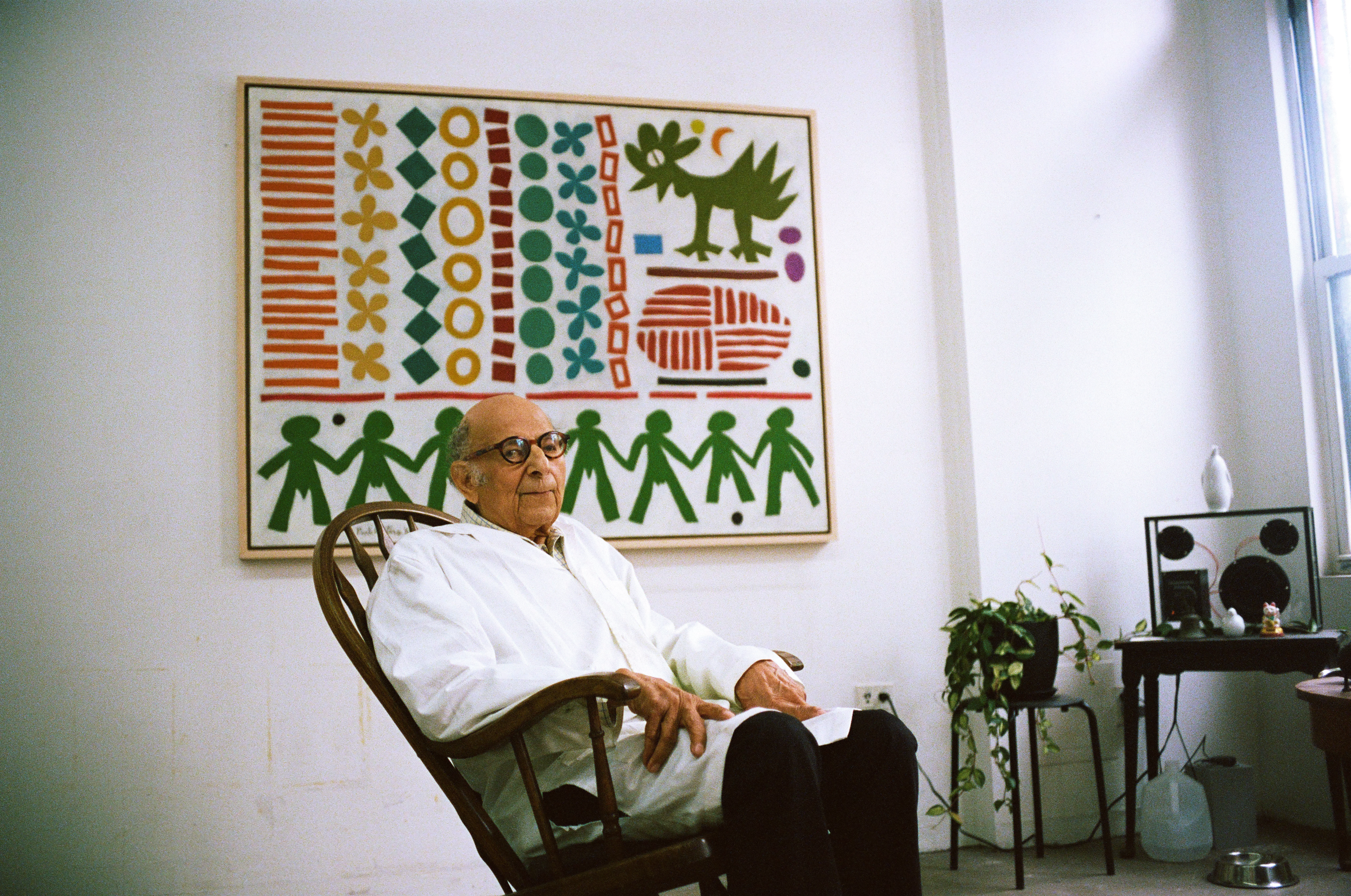
PW: Yes, because I had done that at the Philadelphia Zoo. I charged .50 cents a sketch. So that was my training, and that was my skill, and it allowed me to travel and survive. I had a leather bag and I kept everything in the bag. I traveled lightly. The most expensive things I had were sketchbooks.
SL: You were in Europe only 10-15 years after World War II. What was it like so shortly after everything had been destroyed?
PW: I met people that had been through tragic events. Some talked about them, some said nothing. I learned not to talk about certain things. I saw some devastated places because of the war. And I heard stories about the war. Not pleasant. Not pleasant at all. I still think about those trips, about the things that I witnessed, the museums, especially in England and France, the art that I saw. I wasn’t able to digest it all. I’m still turning it over in my mind now. I’m still happy my parents allowed me to travel and have that freedom.
SL: You finish in Berlin and go to West Africa. Take me there, what were you thinking about?
PW: I’m in Berlin talking to a diplomat from Ghana who’s telling me that Ghana’s going to be free in the next two or three years. I wanted to go to Ghana, to see this country that was going to change. He helped me get to Ghana, gave me the wherewithal to get a visa and be able to travel. And I had saved some money so I was financially okay. And I got there and he gave me the name of a family. And that’s how I was able to stay in Ghana for two and a half months, travel around, spend time on the beach, Accra, sketching, and then able to move on to other countries.

SL: What made you return to the United States?
PW: I wanted a college degree. I wanted to study history, philosophy, ancient religions. I was anxious to get some roots.
SL: So you finish college and then what?
PW: I was off again, traveling. New Zealand, Australia, Solomon Islands and then to South America, to Peru, Bolivia, Chile, Ecuador, Columbia, Venezuela, and Panama.
SL: How long did that trip last?
PW: Almost two years.
SL: So from 17 to 21 you went abroad for four years. Then again for another two years. Did you return to the US at all during those big trips?
PW: No.
SL: What did you do when you finally came back?
PW: I came to New York. There were a lot of vacant buildings on the Bowery. An artist friend told me about a building down the street from Mark Rothko, an old hat and belt factory at 135 Bowery. I rented two floors, very reasonable rent. I had to put in heat, and I had to convert an empty space into a livable space. And I lived there for 37 years, from 1967 until 2011. Adolf Gottlieb lived across the street. I remember Amiri Baraka down the street. Charles Mingus, I was a friend of his. Eva Hess was across the street dealing with chemicals. She had a short life, but was a wonderful friend. Robert Frank, the great photographer, lived across the street. It was a nice community. There were people making a lot of money. I wasn’t in that circle. I did a lot of art, but I didn’t sell any art. In fact, I didn’t sell any art for 54 years. I’ll tell you a story.
SL: Tell me.

PW: On a rainy day in New York, I had four paintings in a shopping bag and I had made an appointment at this gallery. I had this letter of introduction. I was soaking wet. I waited an hour while this art dealer was showing people artwork. When he called me into his office, I reached into my bag to take out my paintings and he said, No, we’re not taking on anybody. And that was a very low moment. I went to 16 galleries and was rejected. It was during that experience that I decided to just paint for me because I was in love with the art of painting. So I painted all night, and I went to work all day. Sometimes I would come home, paint all night long, take a shower and go to work. Painting was absolutely the most important thing in my life. Still is.
SL: Why do you think rejection was important for you as an artist?
PW: When I met Romare Bearden, the African American artist, he was very successful. I became close to him. Every Saturday I used to visit his loft. He set it up for me. He said, Look, you’re not white. How many Black people are in museums? Jacob Lawrence told me the same thing. All of that made me paint more. Being hurt, being disappointed is all a part of my success.
Life has its mysteries. If you’re gonna do something that you love, you have to just get rid of all of the obstacles and just do it. You can’t talk about it, people don’t understand. Art has made me very happy. If I had to do this all over again, I’d do it in a jump. Without question. To see my work now that I made 50, 60, even 70 years ago is remarkable.
SL: For many years you worked as the principal of a youth detention center and at a museum in Newark. How did balancing your day jobs with your creative life affect your artistic practice?
PW: I never talked about art. People that worked at the museum didn’t know I was an artist. I never mentioned art in a detention center. But it was fascinating how it fed into what I was doing. Once at the detention center I was trying to mediate between two violent gangs and I came home every night with that on my mind. I did this large painting of the two gang leaders in bird forms. Coming home and trying to understand that behavior, that anger, I came up with a painting. To see that painting now puts tears in my eyes because it was such an intense moment in my life.
SL: You’ve been an artist through many periods of New York City life. Which was your favorite era?
PW: Now. This is the greatest experience I’ve had because people know my art now. My art is selling. I never imagined that I would get paid for a painting. I love it, but it hasn’t changed me. I’m still the same. There’s nothing extraordinary about me. You might be bored by me. I’ll tell you what the most exciting thing is in my life right now: doing what I love and having people tell me they appreciate what I’m doing. That’s the summit.
You can find Paul Waters’ work up now at Eric Firestone Gallery in East Hampton New York.
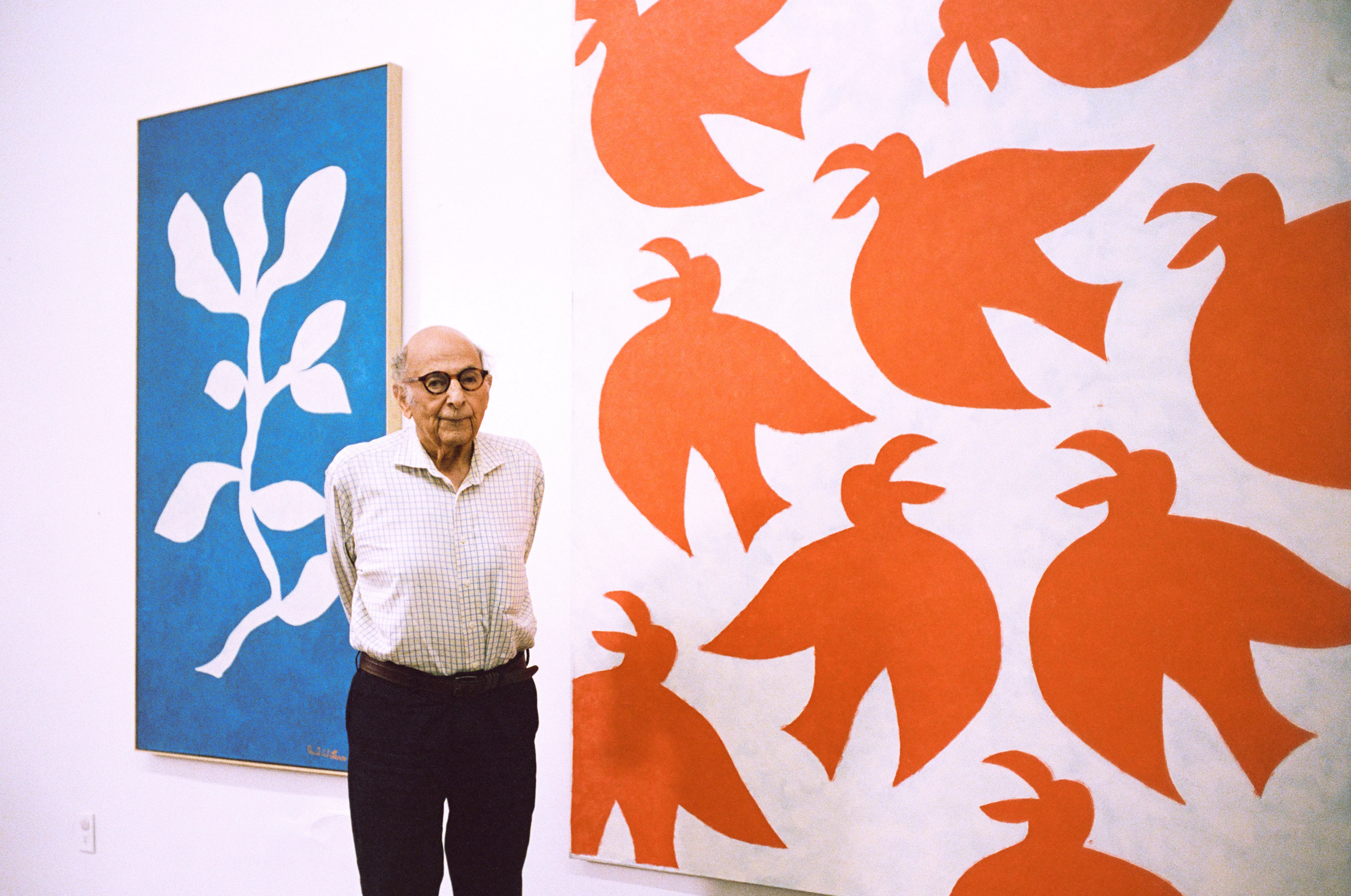
Words by Sammy Loren

